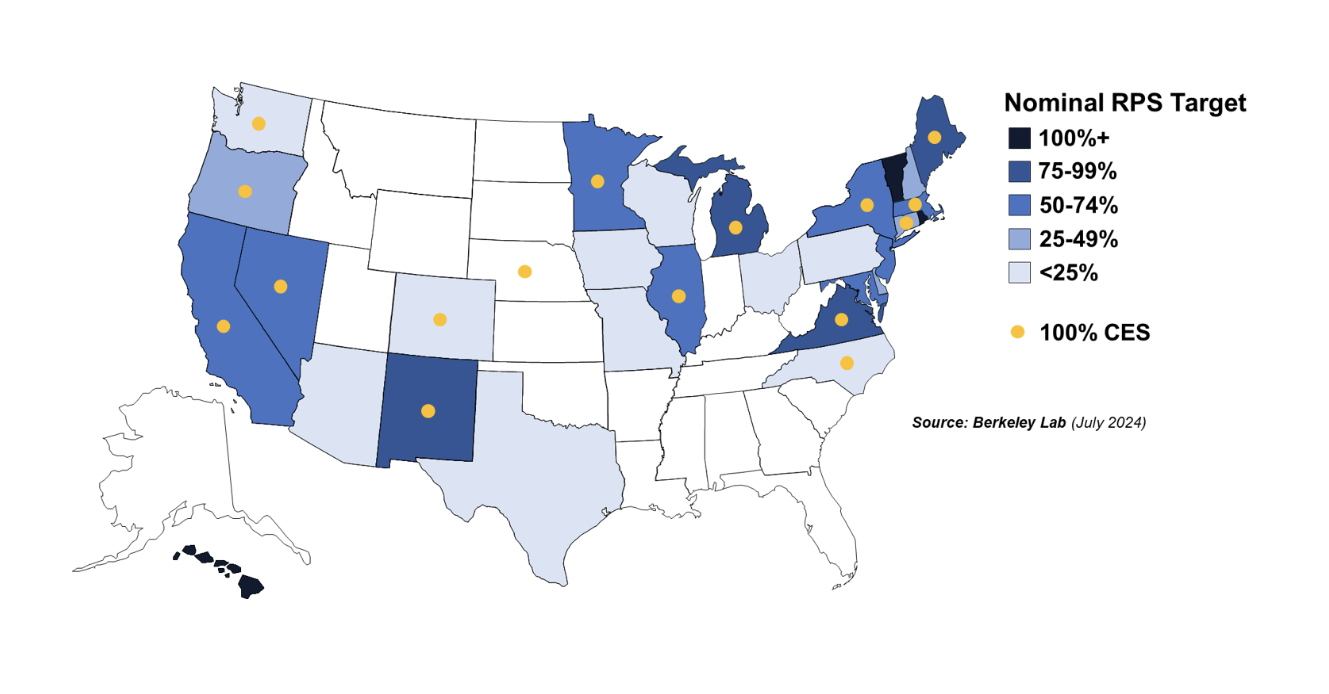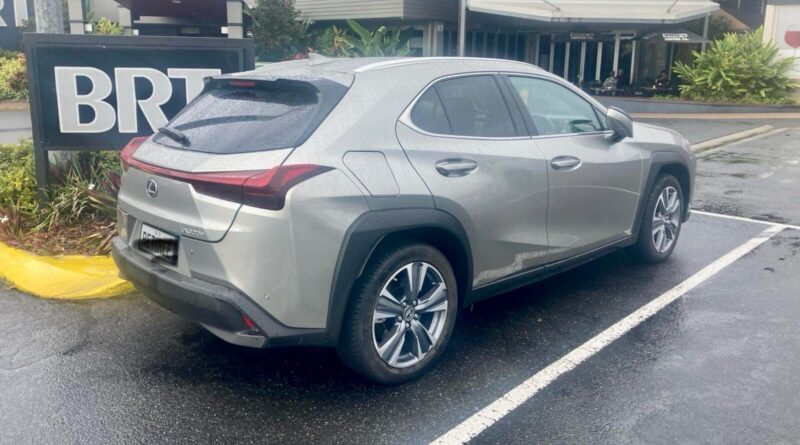Sign up for daily news updates from CleanTechnica on email. Or follow us on Google News!
We are pleased to announce the release of Berkeley Lab’s 2024 edition of U.S. State Renewables Portfolio & Clean Electricity Standards.

The report provides an overview and status update on U.S. state renewables portfolio standards (RPS) and has been expanded to also cover 100% clean electricity standards (CES) adopted by a growing number of states. The report, published in slide-deck form along with accompanying data files, describes recent legislative revisions, key policy design features, compliance with interim targets, past and projected impacts on clean electricity development, and compliance costs. Berkeley Lab will host a webinar on the report on August 28, 2024 at 10:00am PT/1:00pm ET; register here: https://lbnl.zoom.us/webinar/
The 2024 edition presents historical data through year-end 2023 and projections out to 2050. Key trends from this edition of the report include the following:
- Evolution of state RPS and CES programs: States continue to refine and revise their RPS policies, often by adopting higher targets and/or broader CES policies. Among the 29 states plus DC with an RPS, 16 have RPS targets of at least 50% of retail sales, and 4 states have a 100% RPS. Sixteen states have adopted a broader 100% CES, most of which also have an RPS.
- Historical impacts on renewables development: Almost half of all growth in U.S. renewable electricity (RE) generation and capacity since 2000 is nominally associated with state RPS requirements. That percentage has declined over time to 35% of all U.S. RE capacity additions in 2023, though in certain regions RPS policies continue to play a dominant role in driving RE growth.
- Future RPS and CES demand and incremental needs: The combined demand for clean electricity from RPS and CES policies will grow from roughly 500 TWh today to 1700 TWh by 2050. Accounting for current supplies—including existing nuclear and hydroelectric generation eligible for CES targets—RPS and CES policies will require 900 TWh of new clean electricity by 2050, requiring roughly 3x the historical rate of RPS-buildout.
- RPS target achievement to-date: States have generally met their interim RPS targets in recent years, with only a few exceptions reflecting unique, state-specific issues. Most CES targets are not yet in force, and so states have little compliance experience to-date with those recent policies.
- REC pricing trends: Prices for NEPOOL Class I RECs remained at roughly $40/MWh over the past year, just below ACP rates in the larger state markets, while PJM Tier I REC prices continued to rise, reaching $35/MWh by year-end 2023 and surpassing ACP levels in some states. Prices for solar RECs remained relatively stable, and continue to exhibit wide variation across states, with the highest prices ($200–450/MWh) in NJ, MA, and DC.
- RPS compliance costs: RPS compliance costs average roughly 4% of retail electricity bills across RPS states, though vary widely from state to state, with the highest costs (11–12% of retail bills) in states with solar carve-outs and high SREC prices.
The report, along with associated data files and other RPS-related publications by Berkeley Lab, are available for download at http://rps.lbl.gov.
Email courtesy of Lawrence Berkeley National Laboratory. With the funding support from the U.S. Department of Energy’s Office of Energy Efficiency and Renewable Energy (Strategic Analysis).
Have a tip for CleanTechnica? Want to advertise? Want to suggest a guest for our CleanTech Talk podcast? Contact us here.
Latest CleanTechnica.TV Videos
CleanTechnica uses affiliate links. See our policy here.
CleanTechnica’s Comment Policy






